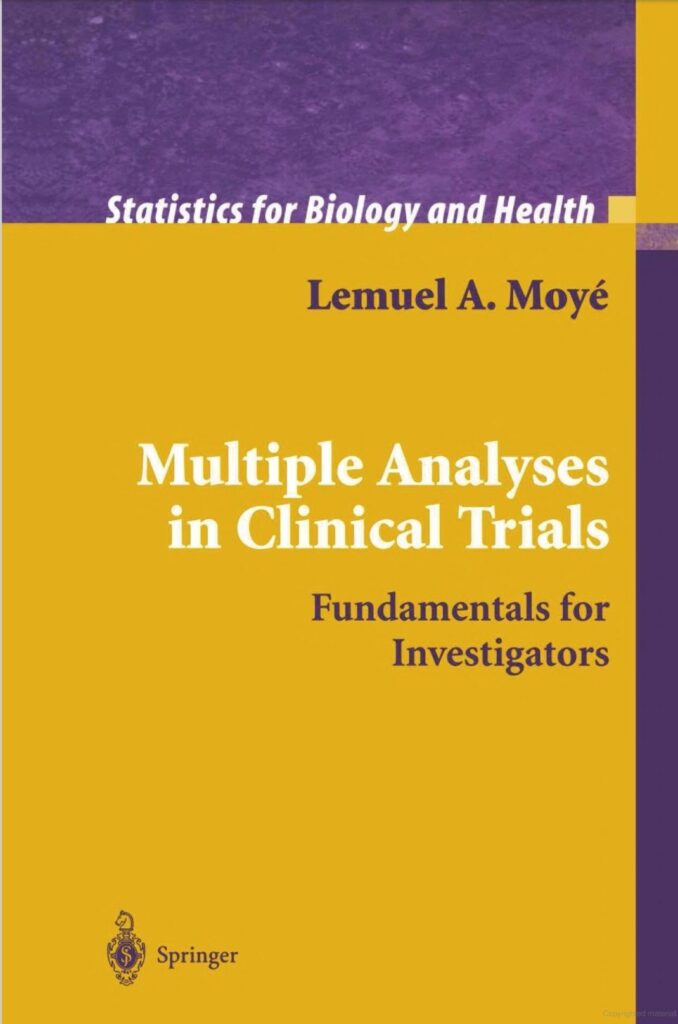Multiple Analyses in Clinical Trials
One of the most challenging issues for clinical trial investigators, sponsors and regulatory officials in the interpretation of experimental results that are composed of the results of multiple statistical analyses. These analyses may included the effect of therapy on multiple endpoints, the assessment of subgroup analyses, and the evaluation of a dose-response relationship in complex mixtures.

In chapter 3 we acknowledged the inevitability of multiple analyses in clinical trials. Since additional endpoints can be added to the design of a clinical trial relatively cheaply, the inclusion of these additional endpoints can be cost effective. In addition, epidemiologic requirements for building the tightest causal link between the clinical trial’s intervention and that trial’s endpoints serve as powerful motivators for the inclusion of multiple analyses. These carefully considered, prospectively designed evaluations may provide, for example, information about the relationship between the dose of medication and the disease, or evaluate the mechanism by which the clinical trial’s intervention produces its impact on disease reduction. The cost of carrying out these analyses is commonly small compared to the overall cost of the clinical trial.
However, we have also observed that increasing the number of hypothesis tests also increases the overall type I error level. In clinical trials, measuring the type I error level is a community obligation of the trial’s investigators; the type I error level measures the likelihood that an intervention, known to produce an adverse event and a financial burden, will have no beneficial effect in the population from which the sample was derived. Thus the type I error level is an essential component in the risk-benefit evaluation of the intervention and must be both accurately measured and tightly controlled. While the prospective design and concordant execution of a clinical trial ensures that the estimate of the type I error level at the experiment’s conclusion is trustworthy, this research environment does not guarantee that the type I error level will be low.
In this chapter, we will develop the requisite skills to control and manage type I error when there are multiple endpoints in a two armed clinical trial. In doing so we will adhere to the family wise error level (ξ) as the primary tool to manage type I error level control.
